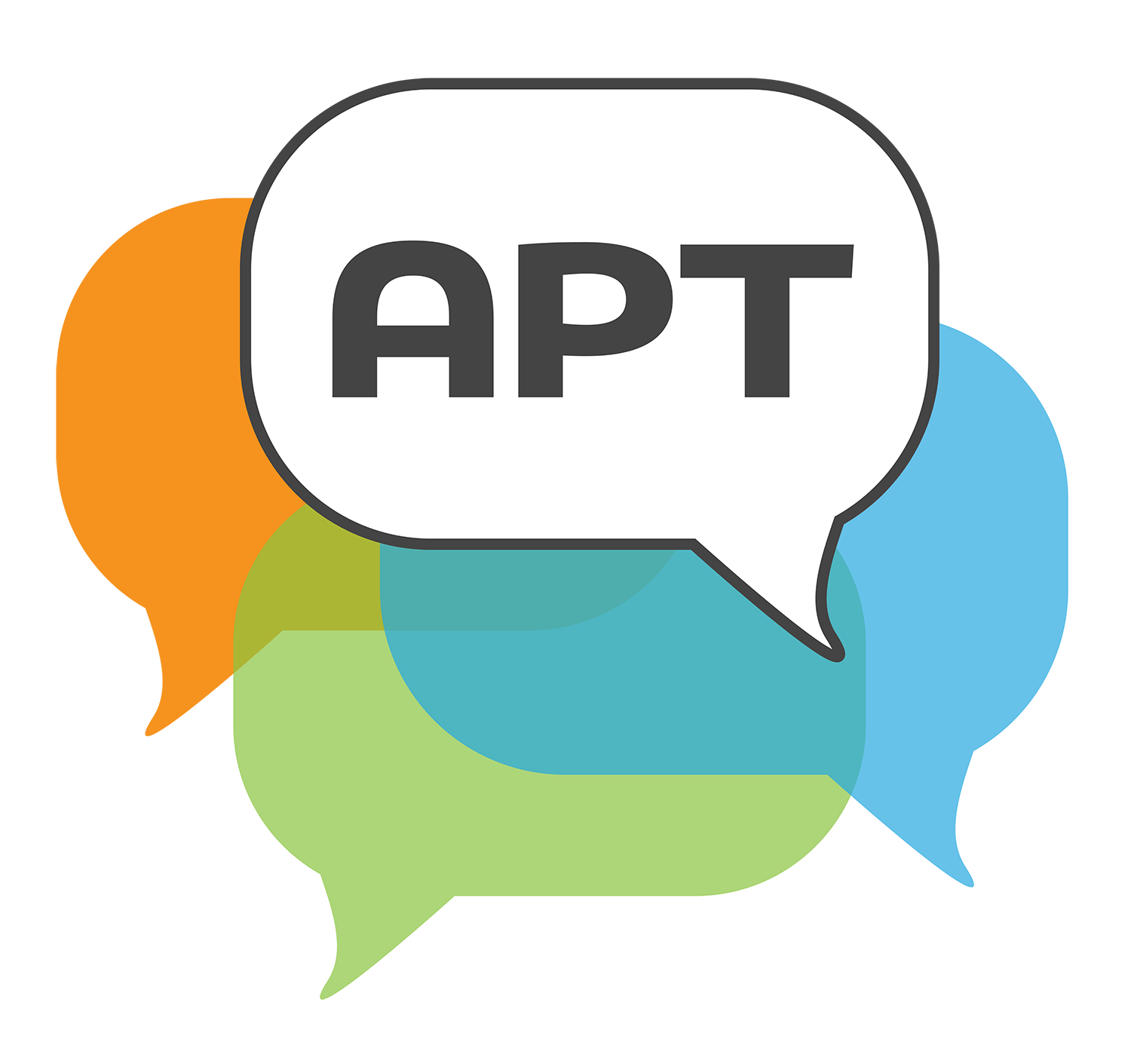Vascular Plants
Science • Grade 4
Selected segments below with commentary below » Full video viewable here.
The first section of this video is devoted to exploring whether plants are living organisms and what they need for life. The initial question is a closed question – ‘Name one thing’ – posed by the teacher and elicits a number of short phrase like responses from students. The kind of questions here are aimed at getting knowledge publicly shared amongst all students so that they can draw on it as a resource in the discussion later. Around 01:48, the teacher asks a much more open-ended and demanding question of “How do plants get the resources for life?” Notably, this type of question begins to elicit more extended responses from the students who begin to discuss water transport and photosynthesis demonstrating quite a good understanding of the topic in some instances. What this discussion does is introduce some tentative hypotheses about how plants function. This is an important phase of the discussion as there has to be some shared knowledge and questions if any discussion is to take place.
This second clip starts with a closed question, but then asks the student to explain if the plant cells in the celery will be able to get water. Constructing explanations is a demanding discursive task requiring the appropriate conceptual knowledge which the first clip showed the teacher trying to establish. However, while demanding, it is the kind of cognitive challenge which is essential to building student understanding of complex phenomena that we cannot directly see. The teacher is now avoiding judgements on the student ideas and encouraging them to develop explanatory hypotheses. One student asks a clarifying question of another, another changes their mind and one more says she disagrees which are all signs of talk which is academically productive. Of particular note, is how the teacher handles the discussion – asking one student to revoice their idea and using revoicing herself to see if she has correctly understood the student contribution. At the end of this clip, the teacher supports the discussion by asking if any of the other students have a question for the one who has just put forward his idea.
The elaborated contributions from the students show that the teacher has managed to establish a space where students can safely put forward their ideas using the language of science. Teaching science is basically teaching a language and you only acquire languages by practicing them.
What this clip offers is an example of what it means to teach science. New entities are being brought into being – in this case xylem and phloem. The students acquire a feel for what these are by using the language of science. One student offers a very extended, but basically correct answer which is shared with the rest of the class. While this student is possibly exceptional, it is essential for students to produce and use the language of science. The challenge here is how to engage all students in such discursive activity.


